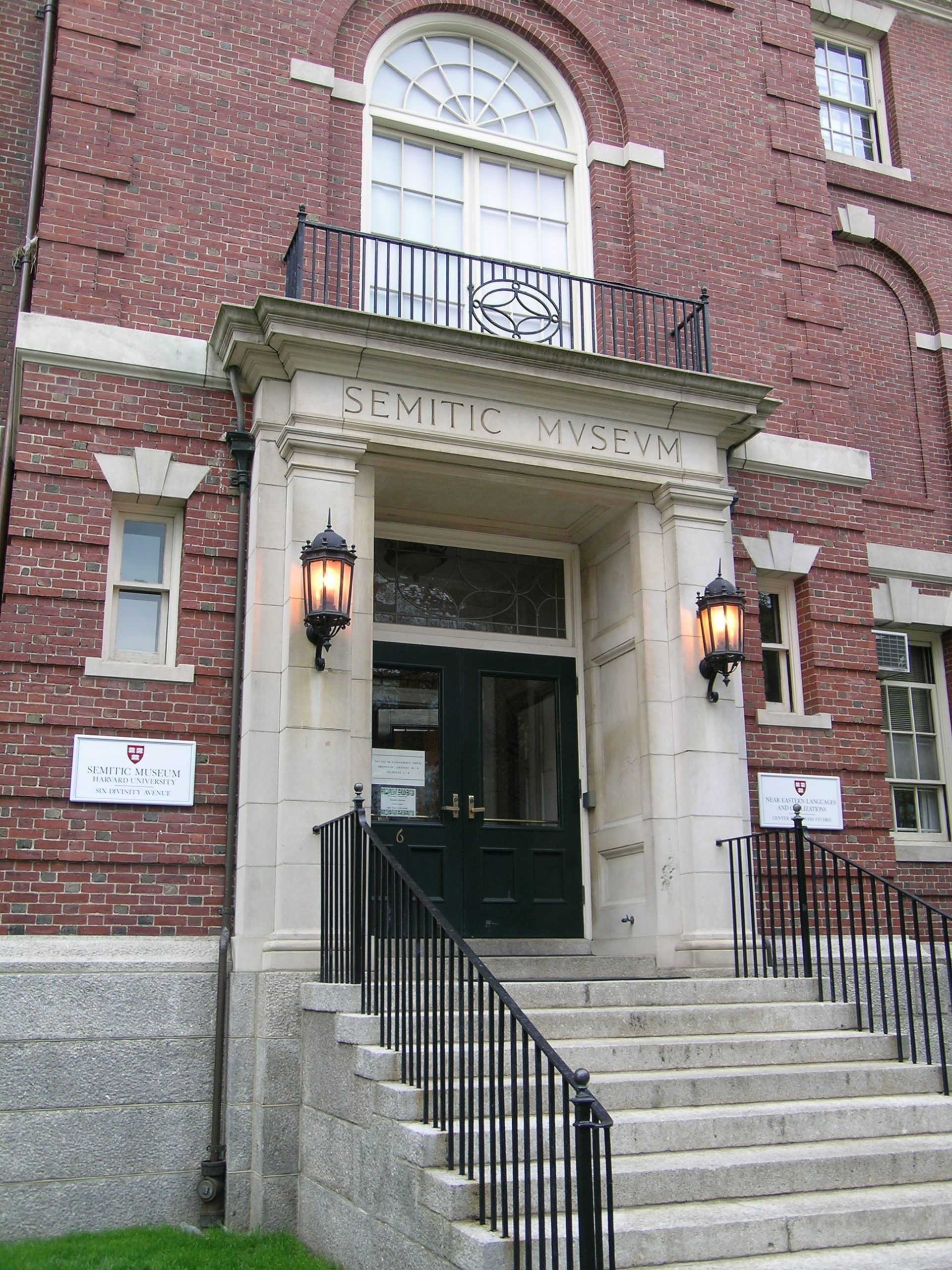In more serious news, my wife and several of her colleagues in the Department of Greek and Roman art at the Met made an Instagram post featuring their pets compared to objects from the museum. Our dog Albert is first pet to appear, since, obviously, he’s the best looking.
The Harvard Semitic Museum’s new name
 Last week the Harvard Gazette reported that the Harvard Semitic Museum has changed its name to the Harvard Museum of the Ancient Near East, on the grounds that it more accurately reflects the range of the museum’s collections and exhibitions. The term ‘Semitic’ refers to the Semitic language used in the ancient Near East — Akkadian, Aramaic, Phoenician, Ugaritic and Hebrew. But obviously there are many more languages than these (Sumerian, Egyptian, Hittite and Elamite, for example), and, more importantly, many people do not actually know this linguistic definition of ‘Semitic,’ instead associating it solely with Jewishness. Of course, ‘Ancient Near East’ is a problematic term too, but the new name is certainly an improvement.
Last week the Harvard Gazette reported that the Harvard Semitic Museum has changed its name to the Harvard Museum of the Ancient Near East, on the grounds that it more accurately reflects the range of the museum’s collections and exhibitions. The term ‘Semitic’ refers to the Semitic language used in the ancient Near East — Akkadian, Aramaic, Phoenician, Ugaritic and Hebrew. But obviously there are many more languages than these (Sumerian, Egyptian, Hittite and Elamite, for example), and, more importantly, many people do not actually know this linguistic definition of ‘Semitic,’ instead associating it solely with Jewishness. Of course, ‘Ancient Near East’ is a problematic term too, but the new name is certainly an improvement.
Speaking of new names, I wonder what the American Schools of Oriental Research will do about its name. It’s re-branded itself as ‘ASOR,’ but this doesn’t mean anything other than ‘American Schools of Oriental Research.’ (The same problem exists with the University of London’s School of Oriental and African Studies calling itself ‘SOAS.’) What it needs is a new name altogether, like ‘American Society of Near Eastern Research’ (though again, ‘Near East’ isn’t the best term). ‘ASNER’ is as good an acronym as ‘ASOR.’ Better yet, it could become the ‘Society for the Ancient Middle East,’ i.e. ‘SAME!’
I haven’t been paying attention, but I wonder if the American Oriental Society is planning a name change…
Recreating works of art
With museums closed the traditional method for engaging with a work of art – close examination in person – is now impossible. The J. Paul Getty Museum has come up with an interesting way to address this loss, by challenging people to recreate works of art in its collection at home. The results, as posted on the Getty’s Iris blog, are spectacular. My personal favorite is the Cycladic harpist.
